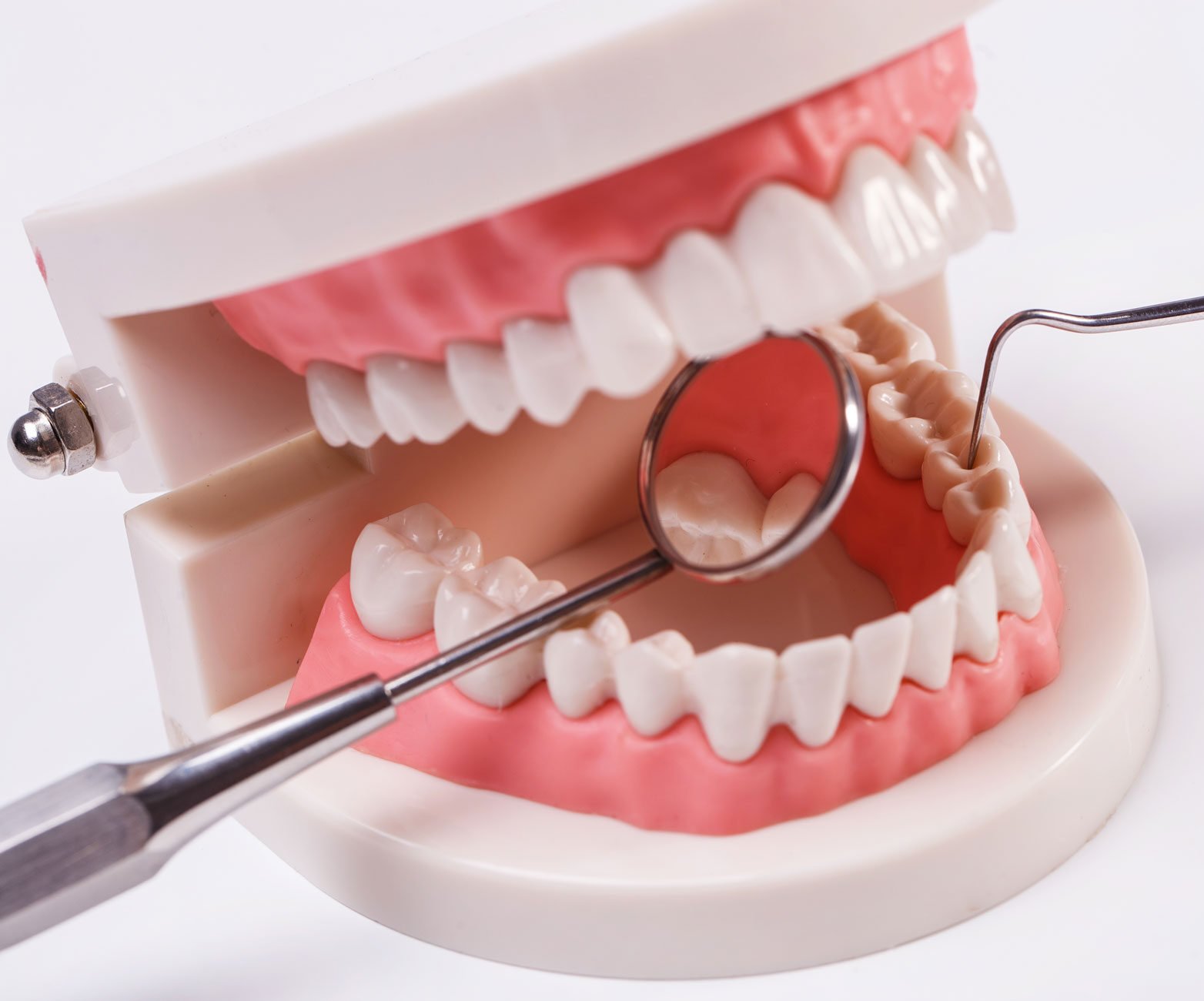What is the goal of smile design? Smile design is a crucial aspect of Dental Implants. It’s not just about replacing missing teeth; it’s about creating a beautiful and natural-looking smile. By focusing on factors like tooth color, shape, alignment, and symmetry, the goal is to enhance the overall aesthetics and boost the confidence of patients.
The Importance of Smile Design in Dental Implants
The Importance of Smile Design in Dental Implants
Smile design plays a crucial role in the success and satisfaction of dental implant patients. When considering dental implants, it’s not just about replacing missing teeth; it’s also about restoring a natural and attractive smile.
Smile design involves a comprehensive assessment of factors such as tooth color, shape, size, alignment, and overall facial aesthetics. Each patient has unique facial features and expectations, and a customized approach is necessary to achieve an optimal outcome.
Dental implants are not only functional but also cosmetic solutions. They should blend seamlessly with the patient’s existing teeth, enhancing their appearance rather than standing out. This requires careful planning and coordination between the implant dentist and the dental laboratory for a precise and natural-looking result.
During the initial consultation, the dentist evaluates the patient’s smile and discusses their desires and concerns. Advanced imaging technologies like digital x-rays and 3D scans may be used to assess bone density and anatomical structures. By considering these factors, the dentist can determine the most suitable implant placement and restoration design that will harmonize with the patient’s smile.
A skilled dentist will consider various factors, such as tooth color, shape, and size, when selecting the implant crown or bridge. They will also ensure proper alignment and spacing to create a symmetrical smile. The use of computer-aided design and manufacturing (CAD/CAM) technology allows for precise customization and accurate fabrication of the final restoration.
Another essential aspect of smile design in dental implants is the integration of soft tissues. The gum line should be carefully evaluated and shaped to ensure a natural and esthetically pleasing appearance. This attention to detail helps in achieving a seamless transition between the implant and the surrounding gum tissue.
In conclusion, smile design plays a vital role in dental implant treatments. It involves assessing and planning various aesthetic aspects to create a natural-looking and harmonious smile. By considering factors such as tooth color, shape, size, alignment, and gum tissue integration, a skilled implant dentist can deliver beautiful and satisfying results for their patients.
Tags: smile design, dental implants, aesthetic, tooth color, shape, size, alignment, facial aesthetics, natural-looking smile, implant placement, restoration design, CAD/CAM technology, soft tissue integration
What are the essential guidelines for smile design?
Smile design is a crucial aspect of dental implant treatment to ensure a pleasing and natural-looking result. Here are some essential guidelines to consider:
1. Facial analysis: Evaluate the patient’s facial features, including the shape of their face, lips, and symmetry, to create a smile that harmonizes with their overall appearance.
2. Gum line symmetry: The level and contour of the gum line should be symmetrical across the teeth to achieve an aesthetically pleasing smile. This can be achieved through gum contouring or surgical procedures if necessary.
3. Tooth proportions: Teeth should achieve proper proportions in terms of width and length. The “golden proportion” (1:1.618) is often used as a guideline for ideal tooth proportions.
4. Midline alignment: The midline of the upper front teeth should align with the patient’s facial midline. Any deviation can affect the aesthetic balance of the smile.
5. Tooth color and shade: Selecting the right color and shade of dental implants is crucial for a natural-looking smile. It should match the patient’s existing teeth or desired shade.
6. Tooth shape and contour: Consider the shape and contour of the adjacent natural teeth to create a seamless integration between dental implants and natural teeth.
7. Functional considerations: Ensure that the dental implants provide proper occlusion (bite) and function for comfortable eating and speaking.
8. Communication and patient involvement: Involve the patient in the smile design process, discussing their preferences, desires, and expectations. This ensures a personalized outcome that meets their aesthetic goals.
Remember, each patient is unique, and the guidelines may vary depending on individual factors. Consulting with a skilled dentist or prosthodontist experienced in dental implant smile design is essential to achieving optimal outcomes.
What is the purpose of digital smile design?
The purpose of **digital smile design** in the context of **Dental Implants** is to utilize advanced digital technology to create a customized treatment plan for implant placement that takes into consideration the esthetic and functional needs of the patient. By using specialized software, the dentist can simulate the final result of the dental implant treatment, allowing the patient to visualize their new smile before undergoing any invasive procedures.
Digital smile design offers several benefits in the field of dental implants. Firstly, it allows for improved communication between the dentist and the patient, as the patient can actively participate in the design process and provide feedback on their desired outcome. This helps in achieving a more predictable and satisfactory end result.
Secondly, digital smile design aids in the precise planning and placement of dental implants. The software enables the dentist to analyze crucial factors such as bone density, angulation, and proximity to adjacent teeth or nerves, ensuring safe and accurate implant placement. This reduces the risk of complications and increases the longevity and success rate of the implant.
Additionally, digital smile design serves as a valuable tool for interdisciplinary communication among various dental specialists involved in the implant treatment, such as prosthodontists, periodontists, and oral surgeons. Through the digital platform, they can collaborate, share information, and coordinate their efforts to achieve the best possible outcome for the patient.
Overall, digital smile design plays a significant role in enhancing the patient experience by providing a clear visualization of the final result and facilitating a comprehensive treatment plan for dental implant procedures.
Frequent Questions
What is the main objective of smile design when it comes to dental implants?
The main objective of smile design when it comes to dental implants is to create a natural and aesthetically pleasing smile for patients who have missing teeth or are in need of tooth replacement. Dental implants are a long-term solution for tooth loss, as they provide a permanent foundation for replacement teeth that look, feel, and function like natural teeth. The process of smile design involves considering various factors such as the patient’s facial features, oral health, gum tissue, bite alignment, and tooth color to create a customized treatment plan that meets their individual needs. The goal is to achieve a harmonious smile that enhances the patient’s overall facial appearance and boosts their confidence. This may involve designing the shape, size, and position of the replacement teeth to match the patient’s existing teeth and facial structure. Additionally, smile design with dental implants focuses on achieving optimal function and stability to ensure proper chewing and speaking abilities. Overall, the objective of smile design with dental implants is to improve both the aesthetic and functional aspects of a patient’s smile, ultimately enhancing their quality of life.
How does smile design play a role in achieving optimal outcomes with dental implant treatments?
Smile design plays a crucial role in achieving optimal outcomes with dental implant treatments. It involves a comprehensive evaluation of the patient’s facial features, teeth, and gums to create a harmonious and aesthetically pleasing smile.
When it comes to dental implants, a properly designed smile ensures that the implant-supported teeth blend seamlessly with the natural teeth, creating a natural-looking and balanced smile. This includes considering factors such as tooth size, shape, color, and alignment to ensure a consistent and appealing appearance.
A skilled smile designer will take into account not only the functional aspects of the dental implants but also the patient’s desires and expectations regarding their new smile. This may involve computer-aided smile design software or even creating mock-ups or wax-ups to demonstrate the potential outcome of the treatment.
By incorporating smile design principles, dental professionals can better communicate and collaborate with the patient to achieve their desired smile. It allows for a more personalized and tailored approach to dental implant treatments, resulting in enhanced patient satisfaction and improved aesthetic outcomes.
In conclusion, smile design is an integral part of achieving optimal results with dental implant treatments. It ensures that the implant-supported teeth blend seamlessly with the natural teeth, creating a harmonious and aesthetically pleasing smile that meets the patient’s desires and expectations.
What are the key factors considered in smile design for dental implant patients?
Smile design for dental implant patients involves a comprehensive assessment to ensure a natural and aesthetically pleasing result. Several key factors are considered in this process:
1. Facial proportions: The overall facial structure is evaluated to determine the ideal size, shape, and position of the teeth in relation to the patient’s face.
2. Gumline symmetry: The gums play a crucial role in framing the teeth, so achieving a harmonious gumline is important. It involves considering the level, contour, and consistency of the gum tissue.
3. Tooth shape and size: The shape and size of the replacement teeth should be carefully chosen to match the patient’s gender, age, and facial features. This helps create a natural-looking smile.
4. Tooth color: Selecting the right shade of prosthetic teeth is crucial for a seamless integration with the natural teeth. Factors like skin tone, eye color, and overall complexion are taken into account during color matching.
5. Tooth position: Proper alignment and angulation of the replacement teeth are essential for creating a balanced smile. They should be positioned in a way that complements the patient’s lip line and facial midline.
6. Incisal edge: The incisal edges of the front teeth should be carefully aligned to create a harmonious smile. Factors such as lip movement, speech, and phonetics are considered while determining the correct incisal edge position.
7. Proportional balance: Achieving a balanced smile involves considering the relationship of the teeth and their individual proportions. The width-to-length ratio, as well as the size and shape of each tooth, must be proportionate to create an appealing smile.
8. Smile line: The smile line refers to the curvature of the upper teeth when smiling. It should ideally follow the contour of the lower lip, resulting in a natural and pleasing appearance.
By considering these key factors, a skilled dental professional can design a smile that enhances the patient’s facial aesthetics and restores their confidence.
In conclusion, the goal of smile design in the context of Dental Implants is to restore and enhance the natural beauty of a patient’s smile. By carefully analyzing the individual’s facial features, tooth proportions, and overall oral health, dentists can create a customized treatment plan that not only replaces missing teeth but also ensures a harmonious and aesthetically pleasing smile. The use of advanced techniques and technologies, such as 3D imaging and computer-guided implant placement, allows for precise results, improving not only the functionality but also the overall confidence of the patient. With the help of dental implants, individuals can enjoy a restored smile that looks and feels natural, boosting their self-esteem and quality of life.



